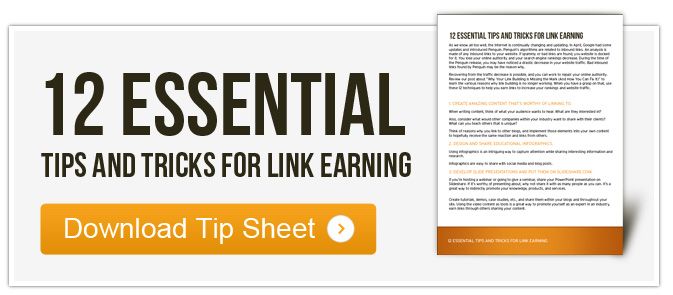Segmenting and managing your contacts is an essential part of email marketing. You wouldn’t want to send a potential customer an email about something unrelated to his or her industry or job function – doing so wouldn’t help you obtain leads or grow your contacts. Most likely, you would lose contacts because your audience won’t find value in your message and unsubscribe.
 A successful segmentation strategy should include your core business strategy and what you know about your typical buyers purchasing decisions. By segmenting your contact database, you have the better opportunity to create a segment of one – making your emails more personalized and targeted to your audiences’ needs.
A successful segmentation strategy should include your core business strategy and what you know about your typical buyers purchasing decisions. By segmenting your contact database, you have the better opportunity to create a segment of one – making your emails more personalized and targeted to your audiences’ needs.
There are three main categories by which to segment your contact database:
- Contact properties or criteria
- Email lists
- Email subscriptions
Criteria Segmentation
When a lead comes in, they provide information about themselves by filling out a form. The information you receive is dictated by you and the information, or contact properties, you request from the individual. Use the information to separate your contacts into different categories based on the given criteria. This criterion can include:
- Buyer personas and job title – marketers verse HR verse designers
- Industry – different industries have various needs and requirements
- Company size – different company sizes need different types of information
- Product interest – requested demos on specific services or products
- Geography – location of company that can affect business
- Content interest – specific downloads or pages viewed
- Behavior – email opens/clicks or number of page views
Email Lists
By creating specific email contact lists, you’ll have an easier time segmenting and sending emails – and you’ll know they’re going to the right audience. There are two different types of lists you can create to help segment your contacts:
- Static lists – manually group a set of contacts together.
- This list will have a one time send of a specific email.
- Dynamic lists – automatically updated lists based on set contact criteria
- Used for ongoing marketing mailings or marketing automation.
Email Subscriptions
Setting up different types of emails that a subscriber can receive is another way to easily segment your contacts. Email subscription types help ensure that email recipients are receiving the type of email content they want, and not every email you send out. You’re also able to send more targeted emails, and create a segment-of-one. Essentially, you’re “saving” customers who would otherwise unsubscribe from all email types.
Segmenting your contacts helps to establish trust with your contacts because you’re catering to their specific needs and wants. You are able to personalize your emails, and hopefully, turn your leads into customers when you provide relevant content.




